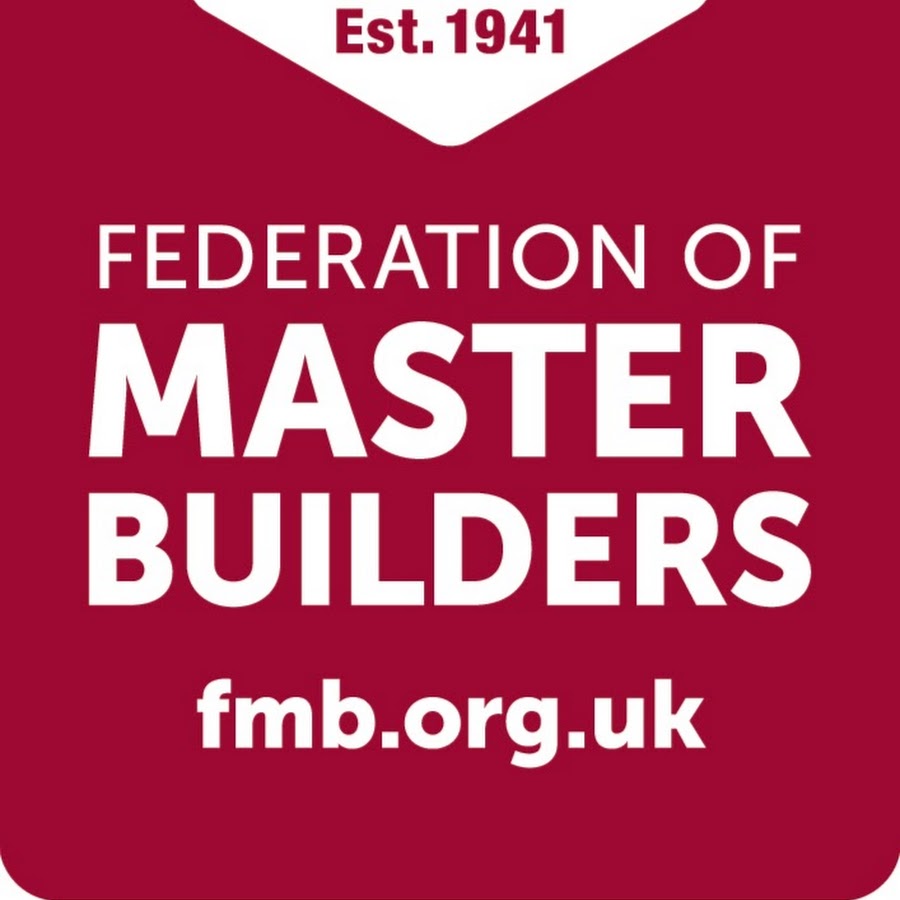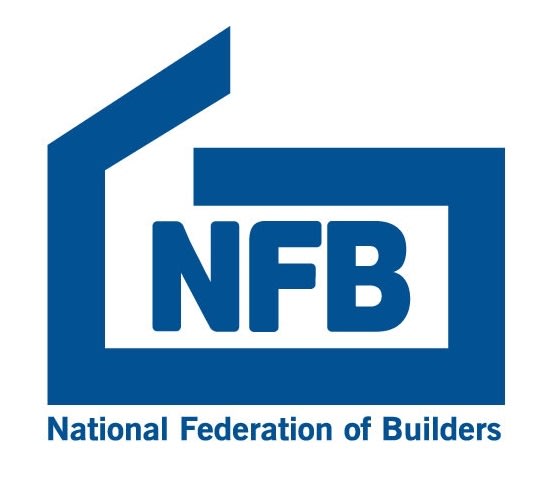How’s your absorptive capacity?

According to Alice Cooper, “School’s out for summer.” But there’s little respite for construction learners as we continue to respond to the conveyor belt of change that keeps delivering up ever more challenges. To name just two in our learning inbox – how to respond to the Building Safety Act and tackle the growing climate crisis.
This month, Martyn Jones reaffirms the need for learning to respond to these challenges but more specifically probes our ability or capacity to absorb and exploit the enormous and ever-growing amount of information and knowledge available to us.
What do we mean by absorptive capacity? Well, it’s the measure of an organisation’s ability to identify, assimilate, transform, and use external knowledge, research and practice for the benefit of the organisation. Put simply, it’s a measure of an organisation’s ability to learn and to make use of that learning for value creation and increasing competitive advantage.
The model of absorptive capacity provided in the diagram above breaks it down into its component parts. It starts with knowledge sources that are available. And there are many sources of external knowledge available to us including our partners in project teams and supply chains. We all know how much we rely on the knowledge on offer from specialist and trade contractors and material and component manufacturers.
And beyond the boundaries of supply chains there’s the knowledge to be harvested from trade and professional bodies, universities and, of course, Constructing Excellence’s offerings through events, Here to Learn workshops, case studies, guides to best practice and the excellent Construction Webinar Series offered in partnership with LeadersMeets.
As can be seen from the diagram, at the heart of absorptive capacity are mechanisms for learning, innovation and value creation, which are needed to transform and exploit potential knowledge capacity and convert it into realised capacity.
The final step in the model are the outcomes: The emergence of increased competitive advantage through enhanced performance, innovation and the shaping of new value propositions.
The clearest and ultimate measure of the effectiveness of our learning and absorptive capacity is the extent to which we increase our competitive advantage. For example, more satisfied customers, less defects, less waste, less carbon, more value, enhanced reputation, increased profitability.
And we can measure our performance in each part of the model too by scoring ourselves against these typical challenging statements.
- New knowledge plays an important part in our business strategy
- We are aware of developments in the outside world and how and in what directions competitors, legislation, technologies and ways of working are changing
- We are good at acquiring, evaluating and assimilating new knowledge from outside our organisation and connecting it to our people inside our teams who need to know
- We are good at matching new knowledge from outside our organisation with what we already know inside to create new products, services, and processes
- We work with universities and other institutes to support our development activities
- We’re good at translating the knowledge of our customers and suppliers into something we can use in our business
- We have mechanisms and procedures in place to support learning and to manage and continuously update our knowledge
- We are growing our business through offering a steady stream of new knowledge-based products and services
- We carry out post-project reviews and uses the learning to improve what we do next time around
- We measure how our learning and absorptive capacity is increasing our competitive advantage
















